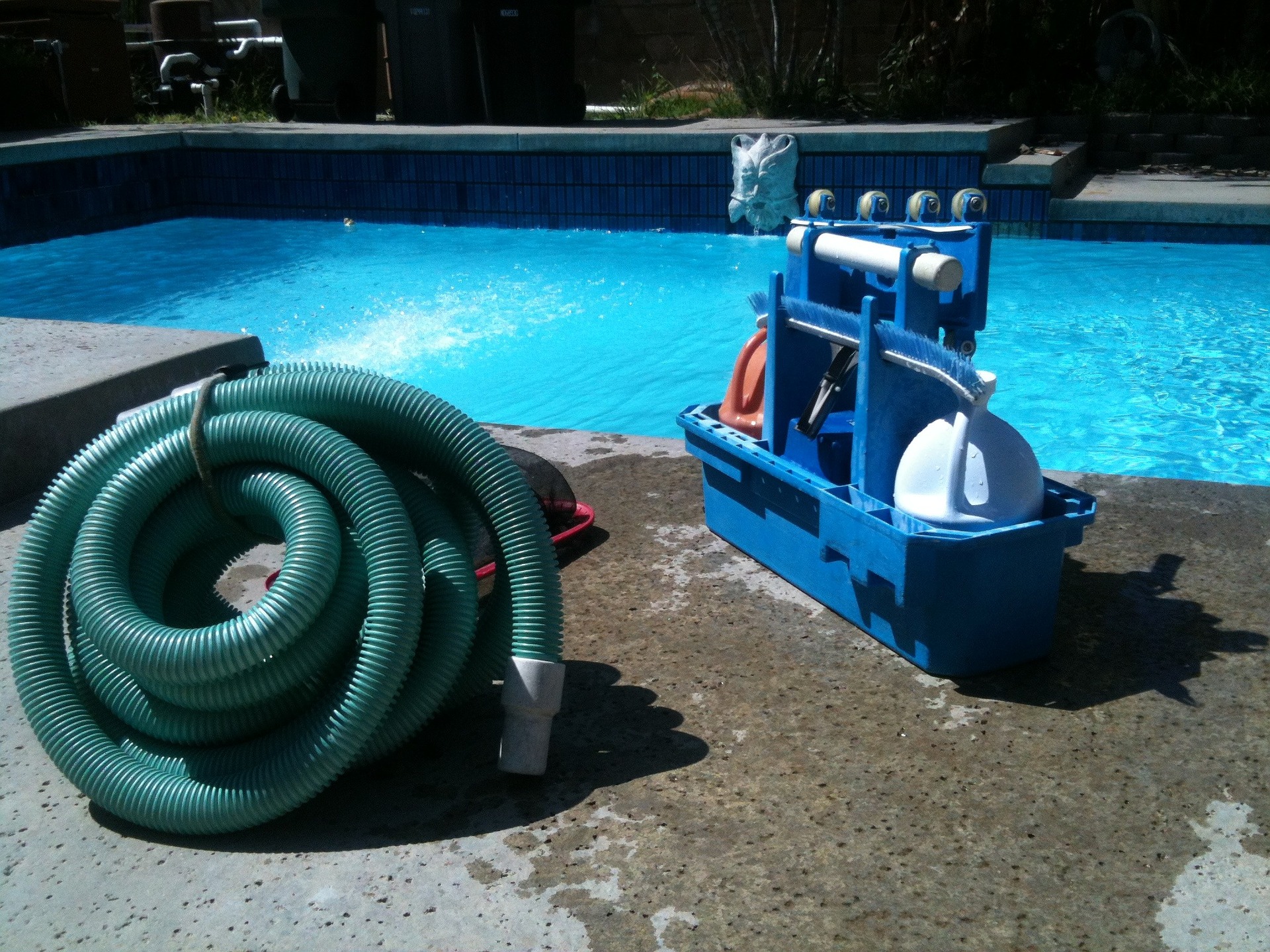Prevent Possible Swimming Pool Problems
Aug 30, 2019
It’s great to have your own swimming pool in the backyard for everyone to enjoy. However, there are some common swimming pool problems that could put a stop to your summer fun. When you know what to watch for you can head off issues and prevent common swimming pool problems and damage from occurring. Routine Maintenance is another way to prevent costly expenses from equipment replacements along with extending the longevity of your pool.
Listen out for any unusual noises that call for your attention to investigate. Odds are it is a sign that your filter or pump may be clogged or going bad. Make sure that you have the right size of pump and filter for your size swimming pool. Check with an online pool dealer for the correct specifications. If your pump is an older one you may want to update to a newer model. The older pumps don’t have the same technology and don’t last as long. Whenever you purchase a new filter or pump try to choose one that has a warranty with it.
You will find that you also have a water pressure gauge. Often times this gets overlooked. If you keep a close watch on it you can prevent serious problems from occurring. Make sure you know what the pressure should be. If your pressure goes above what the normal range is that is a sign that your filter is blocked or it needs to be replaced. The higher pressure puts a strain on your pump making it work harder too so it could result in more items needing to be replaced if you don’t pay attention to your gauge.
If you're not having any issues with your pool it can be tempting to neglect regular water testing. You need to stay in the habit of checking your levels routinely to prevent any of your numbers getting drastically out of whack causing more work to get them back where they should be. Never let the pH level get higher than 8.0. The ideal range is between 7.0 to 7.6. Refer to our previous blog, Is Your Swimming Pool’s pH Level Your Priority? , for more information on your pH level. Also, be sure to check your Total Dissolved Solids monthly. Some pool owners only check it every 6 months but if you find you are having issues with calcium build-up then you need to be checking it more frequently. For more information on how to remove calcium build-up in your pool see Thrifty Fun’s blog post, How to Remove Calcium Deposits from Around Swimming Pools.

Keep the area where you place your chlorine clean too. Each time before you add new chlorine tablets to it you should check it. Calcium tends to build up preventing chlorine from being able to get into your swimming pool. Numerous problems can occur if this happens.
Remove any debris from the trap at the pump. It’s amazing what you can find caught in there. Often times hair can clog it up and clock the water from flowing through the pump as it is supposed to. This can put a strain on your pump causing it to work harder than normal and reducing its overall life span.
Experts will tell you to add your chemicals to your pool after the sun goes down. This will cut down on your chemicals evaporating during the heat of the day. If you live in hotter climate areas this is especially important. If you are not able to add your chemicals in the evening then do it as soon as the sun comes up so that your chemicals have a few hours to get into the water without the sun beating down on it.
By paying attention to the signs your swimming pool is giving you, you can prevent common swimming pool problems and greatly reduce the expenses involved with owning a pool. You can spend more time enjoying your pool than dealing with a chain of problems that can result from ignored warning signs..

